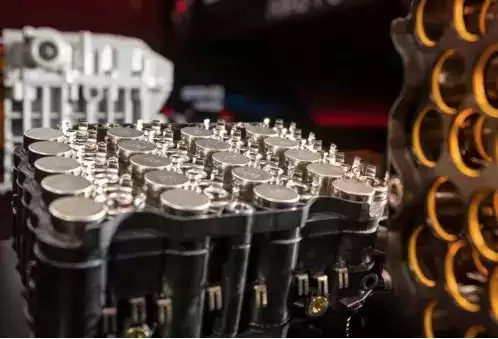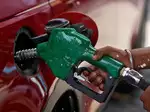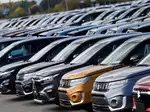Battery storage to play key role as EV charging demand set to reach 38 TWh by 2032: Report

India’s cumulative EV sales reached 4.1 million units in the fiscal year 2023-24, and IESA forecasts that over 28 million EVs will be in operation by 2030. The annual sales distribution is projected to include 83% e-2 wheelers, 10% e-4 wheelers, and 7% commercial vehicles such as trucks, buses, and three-wheelers.
Vinayak Walimbe, Managing Director, Customized Energy Solutions Pvt. Ltd. India and Interim President, IESA, stated that electricity consumption in 2023-24 reached 1,543 TWh, reflecting a 7% increase over the previous year. “According to the Central Electricity Authority, electricity consumption at public charging infrastructure was 465 GWh from April to October 2024, more than doubling from 204 GWh in 2022-23,” he said.
The National Electricity Plan, a 10-year roadmap prepared by the Ministry of Power, forecasts that total annual electricity demand in India will rise to 2,133 TWh by 2031-32, with EV charging expected to account for around 3% of this demand. The total installed capacity is projected to grow from 466 GW in January 2025 to 900 GW by 2032, including 500 GW from renewable sources such as wind and small hydro.
IESA projections indicate that 70% of e-4 wheelers and e-2 wheelers will charge during off-peak periods after 8 pm. In the e-truck segment, around 60% will charge during the day, while intercity buses will primarily charge in the daytime and intra-city buses overnight. Peak charging demand is expected between 9 pm-5 am and 12-2 pm.
The ministry of power is advancing initiatives like the Integrated Local Energy Systems collaboration between India and the EU to optimize energy integration across electricity, heating, cooling, water, and waste management. Smart charging solutions based on the Vehicle-to-Grid (V2G) model, where EVs can store and supply electricity back to the grid in response to demand fluctuations, are also being explored as part of India’s energy transition strategy.
The expansion of battery storage is expected to play a crucial role in balancing the grid and ensuring reliable power supply as the country moves towards its EV adoption and clean energy goals.

